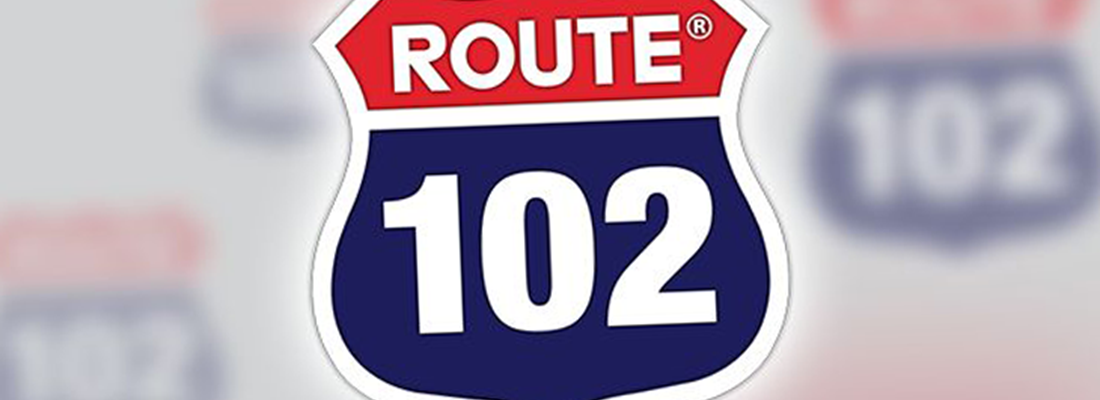Route 102 – One man’s year-long journey……Day 31

To mark this momentous year for UK GAAP, I'm embarking on a mission to work my way through FRS 102, reading a portion on each working day of 2015 and writing a short blog entry on my thoughts and musings (be they few or many).
Day 31 (2 Mar)
Another month, and we're still trudging through section 11. However we now progress to six of the most important paragraphs of the entire standard - 11.27 to 11.32. Time and time again you'll find references back to these six paragraphs in the rest of FRS 102, because they define 'fair value', a key measure for many items in New GAAP accounts. In fact, para 11.27 starts with this list of cross-references, which is shameless self-promotion if you ask me, and is the reason why the other paragraphs never invite 11.27 out for post-work drinks.
These six paragraphs set out a hierarchy for calculating fair value as follows (let's use an ordinary shareholding as an example):
If there's still no reliable results, then the entity cannot use fair value measurement. Para 32 points out that where fair value was once reliable, but has stopped being so (e.g. the shareholding company de-lists and no alternative current approach is working) then entities should use the 'recent decent' figure and stick with that until fair value becomes possible again.
There. That's the beating heart of FRS 102. Tomorrow, it's derecognition.
P.S. If you missed the last instalment please click here.




